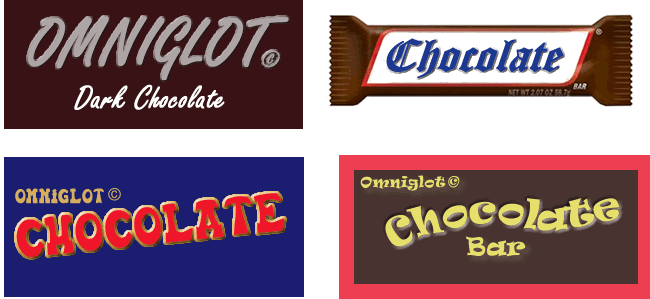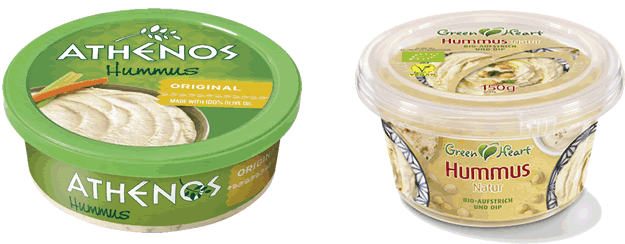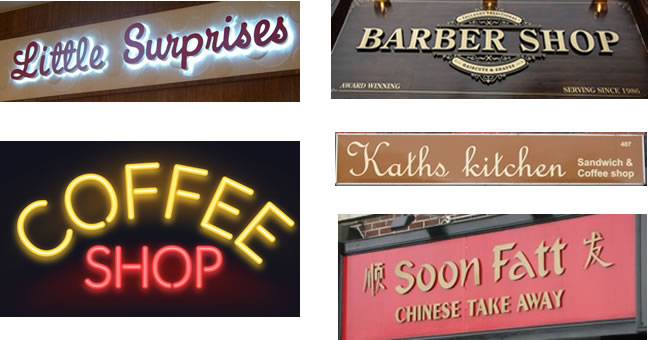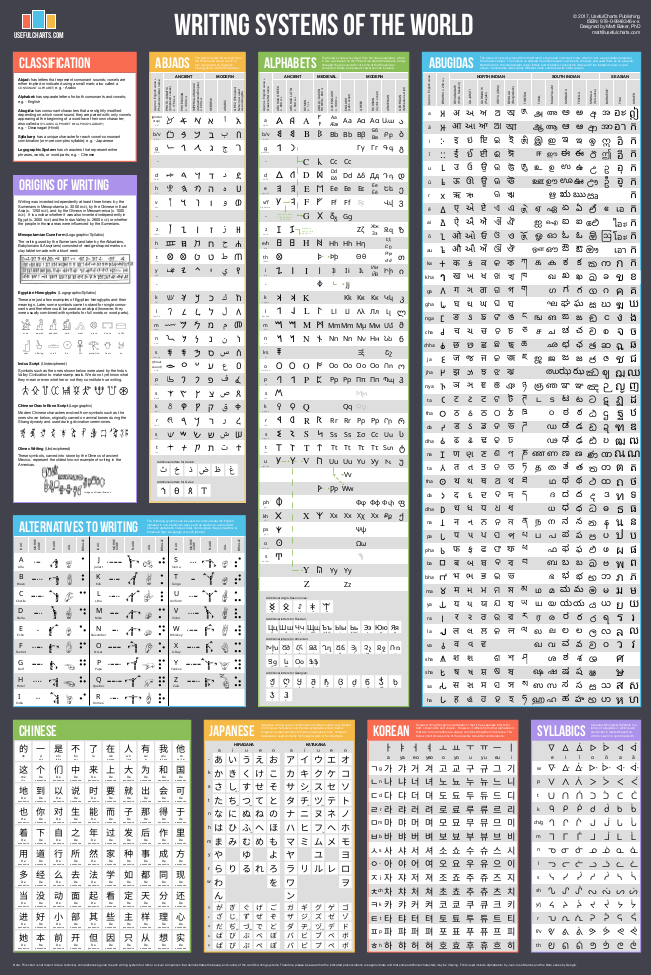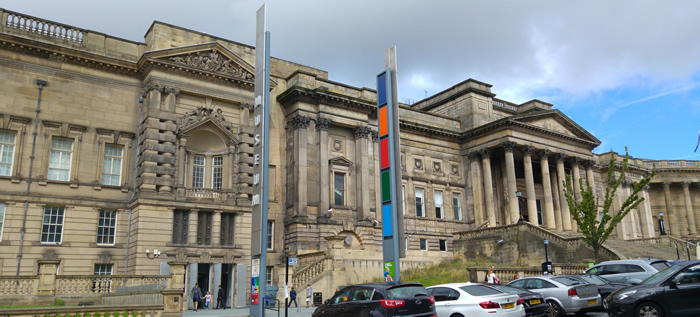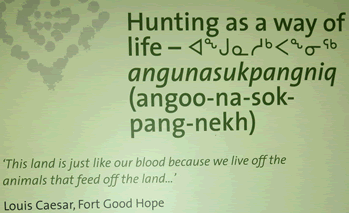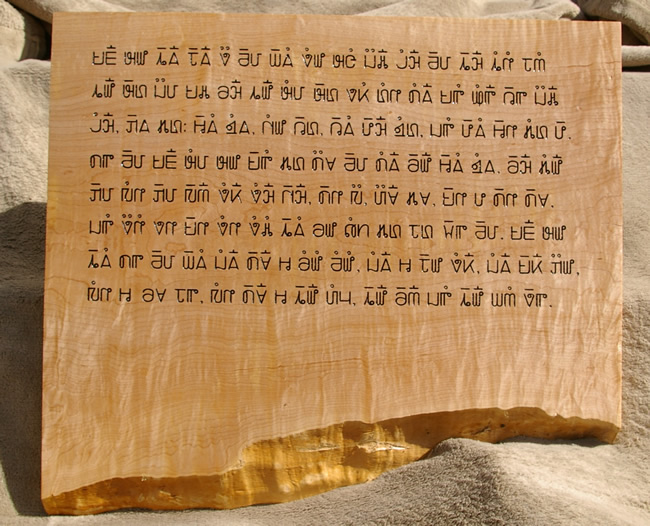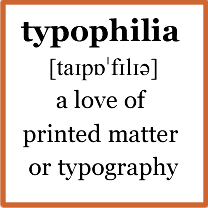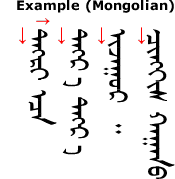Last night I went to an interesting talk about postcards at the local history society. Various people, including my mum, have collections of postcards of Silverdale and/or sent from Silverdale, and there was a project at Lancaster University to scan, transcribe and study the cards. There is also a book entitled Old Silverdale: The Loveliest Spot on Morecambe Bay which features postcards from Silverdale.
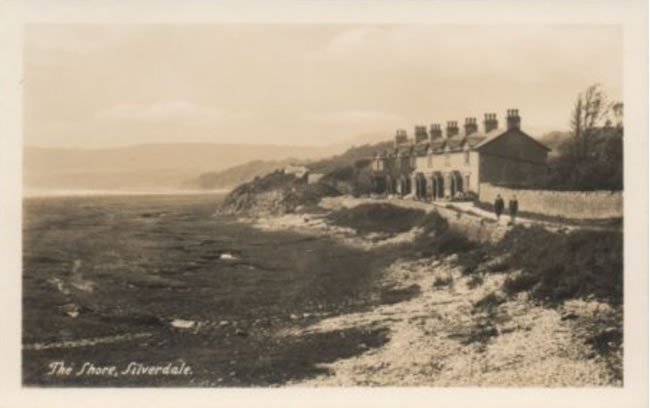
The talk focused on postcards that were sent from Silverdale between about 1900 and the 1930s. Looking at the kind of things people wrote on them, their handwriting, style of writing, punctuation and so on. Apparently some of the cards in the collection were written backwards, upside down or in a spiral to make it more difficult for postmen to read them. Some even used rebuses*.
When the postcards were sent there were a lot more postal deliveries – several every day – so it was possible to send a card in the morning, and to receive a reply the same day. They were used somewhat like text messages and other social media are today, and just like text messages, there was no standard way of writing them, so people wrote however they wanted. Short, incomplete sentences. Minimal punctuation. Abbreviations and accronyms, and some rather exsentrik spellin.
Certain people at the time were apparently concerned that postcards could bring the end of formal written language, and that people would start writing any old how. Similar concerns have been expressed about text messages, online chat and so on. This TED talk explains why such fears are not justified.
The speaker also mentioned that when people write postcards they tend to use more elaborate, flowery and even poetic words than they might normally do. They talk about ‘wooded glades’ and ‘fragrant breezes’, ‘delightful weather’, ‘glorious sunshine’, and such like.
Do you still send postcards? If not, do you remember when you last did?
Do you have a particular way of writing them?
It’s a long time since I sent a postcard – at least 10 years, I think, maybe longer.
* A rebus is a puzzle in which words are represented by combinations of pictures and individual letters.
